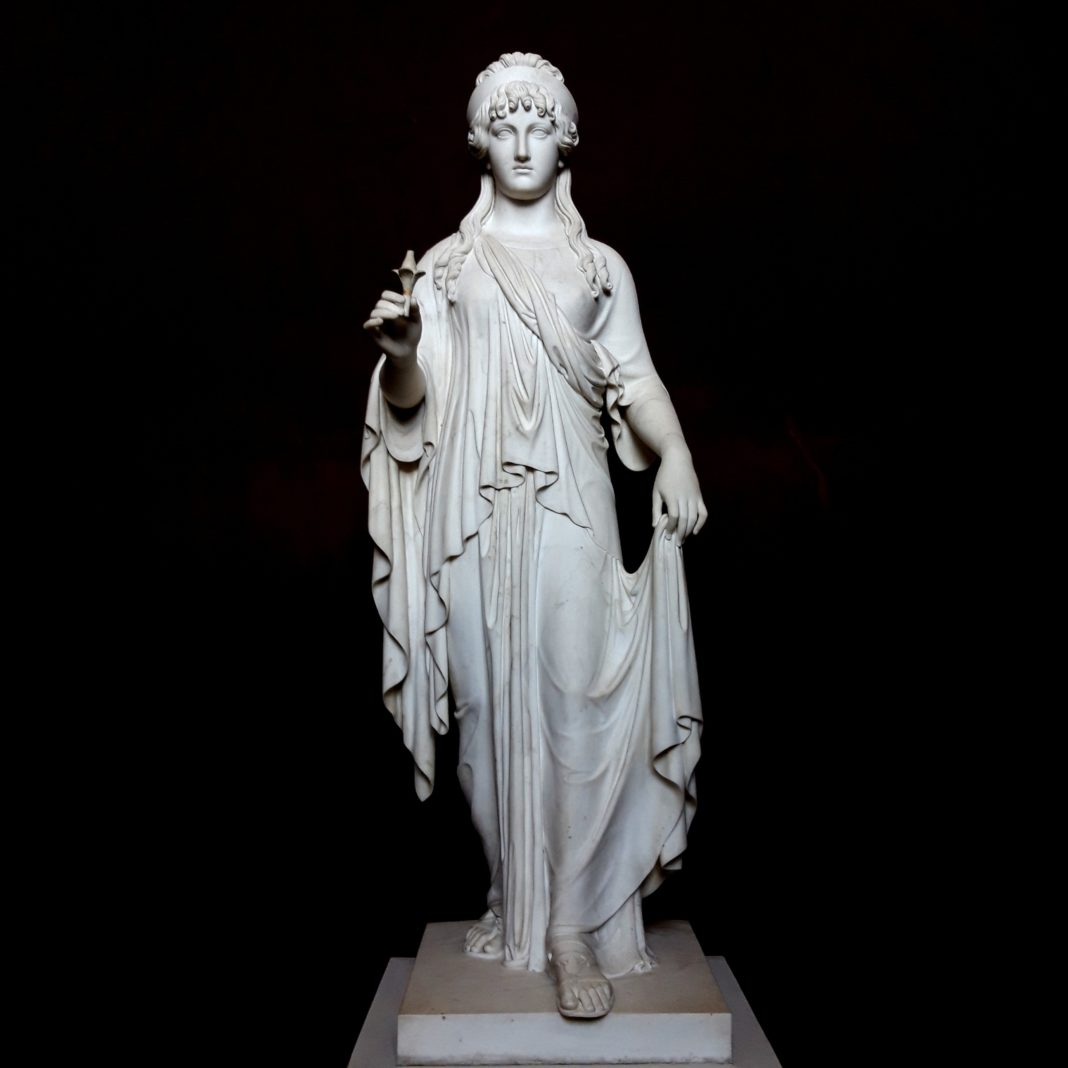The vast majority of the world today exists under the patriarchy. The patriarchy is defined broadly in Webster’s dictionary as: ‘control by men of a disproportionately large share of power’. However, whilst the patriarchy’s influence has seeped into every corner of life from clothing to medical research, its origins are still debated. Due to a lack of records and limited knowledge of the human psyche, anthropologists and other academics have struggled to determine whether it was something apparent from the existence of the very first humans, whether it took larger groups of humans to gather and societies to be properly formed before it was born, or whether it was far more recent than that and instances of female power have simply been erased from the history books.
Gerda Lerner, author of The Creation of Patriarchy, views the establishment of the patriarchy as a historical process that developed from 3100 B.C. to 600 B.C. The patriarchy, she believes, arose partly from the practice of intertribal exchanges of women for marriage ‘in which women acquiesced because it was functional for the tribe’. Lerner uses historical, archeological, and literary evidence to argue that the patriarchy is a cultural invention, not a natural or inevitable phenomenon.
Whilst most people assume that the origins of the patriarchy stem from the first human societies where men strictly assumed the role of ‘hunter’ and women as ‘gatherer’ there is some evidence to suggest that this is not the case and that the patriarchy developed later, perhaps as recently as 1200 years ago. Hilary Knight explains that it is possible that most human societies began to degenerate into patriarchy with the advent of agriculture and land ownership. She states that the previous hunter-gatherer societies were egalitarian and some were matrilocal and even matriarchal. Women were often honoured as the creators of new life, and the most important deities were female. A few matriarchal societies remain today and follow this ideology of female worship. For example, the Mosuo women are China’s last remaining matriarchy. Their number is estimated to be around 40,000 and their lineage is traced through the women of the family. Their society is matrilineal meaning that property is also handed down through the female line. Mosuo women do not marry and play the primary role in raising their children. Another example is the Minangkabau people of Indonesia. They are the largest surviving matriarchal society, with around four million members as of 2017. They believe that mothers are the most important people in society, and women rule the domestic realm of life.
In both ancient societies and today’s matriarchies, what gave women power was their ability to childbear. There is one school of thought which argues that this divinisation of women able to childbear came from the lack of understanding on the subject. Women were often attributed ‘divine’ characteristics because people could see no other explanation for the possibility of childbirth. Most early civilisations placed a huge emphasis on birth because of its mystique and, when over time more was discovered about childbearing, women’s power dissolved.
However, even in today’s matriarchies, the power which women hold seems always to stem from the idea of motherhood as power and, whilst this message is for the most part empowering, it seems notable to acknowledge the pattern that even where women do have power it is focused on the ability to childbear alone. What all societies seem to lack is the ability to recognise all facets of female power. Women are often diminished to motherhood and the expectation to have children is projected onto them as something which will define their success. This ideology is, in essence, objectifying and diminishes women to a function. Moving forward, female power ought to be acknowledged not only in association with strength in childbearing but in all other capacities for power.
by Megan Barr

